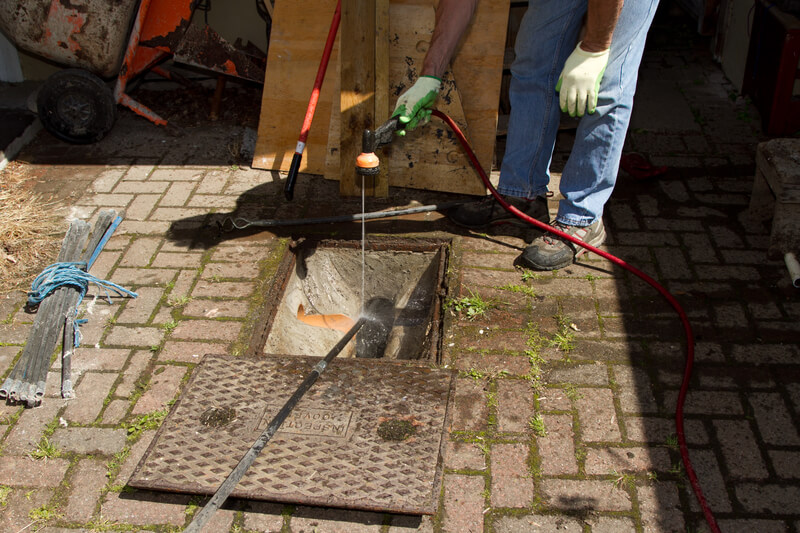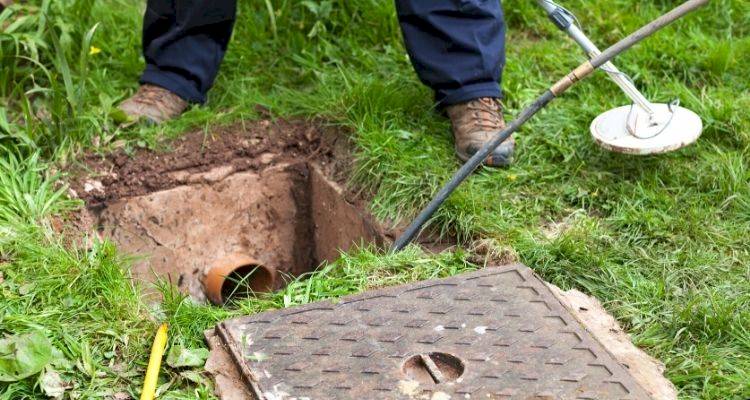How to Address a Blocked Drain Yourself Prior to Seeking Plumbing Experts
BookThey are making a number of good points relating to 8 Tips For Clearing A Blocked Drain overall in this post on the next paragraphs.

Intro
Taking care of a blocked drainpipe can be an irritating experience, interfering with everyday activities and potentially triggering damages to your residential or commercial property. Nonetheless, prior to connecting to pipes professionals, there are steps you can take to attend to the concern on your own. In this guide, we'll explore do it yourself remedies and safety nets to take on a blocked drainpipe effectively.
Identifying the Concern
The primary step in resolving an obstructed drain is identifying the signs. Slow water drainage, gurgling noises, foul odors emanating from drains, or water support up are common signs of an obstructed drain. Recognizing these signs early can assist prevent better issues.
Picking the Right Pipes Solution
When picking a pipes solution, take into consideration elements such as experience, licensing, and client reviews. Pick a reliable plumbing with a track record of high quality craftsmanship and transparent prices practices.
Price Factors to consider
The price of professional drain cleaning company can differ depending on the extent of the clog and the plumbing technician's rates. Demand quotes from multiple suppliers and inquire about any kind of added fees to make sure transparency and stay clear of shocks.
Safety and security Precautions
When attempting do it yourself drain cleaning, focus on safety. Use safety handwear covers and eyewear to stay clear of contact with unsafe chemicals or germs. Never ever blend various drain cleansing items, as this can create unsafe fumes.
Instance Studies
Real-life instances highlight the efficiency of DIY services and the significance of prompt specialist intervention in solving drain blockages.
Typical Causes of Obstructed Drainpipes
Recognizing the aspects that contribute to drain pipes blockages is vital for reliable resolution. Typical culprits include hair, soap residue, oil, food particles, and foreign objects like sanitary products or paper towels. Tree roots invading underground pipes can also cause significant blockages.
Do it yourself Solutions
For small obstructions, a number of DIY services can be effective. Putting boiling thin down the drain can assist liquify grease and debris. Sodium bicarbonate and vinegar or a mixture of salt and baking soda can serve as natural cleaners. Making use of a bettor or pipes snake to displace obstructions is an additional option.
Devices and Tools
Having the right tools accessible can make DIY drain cleaning more efficient. A plunger is a flexible tool for removing blockages in sinks, toilets, and showers. A plumbing snake or auger can get to much deeper obstructions, while drainpipe cleaning chemicals can be utilized meticulously for persistent obstructions.
Preventive Measures
To prevent future obstructions, embracing preventive measures is critical. Mount drain guards or filters to catch hair and debris prior to they enter the pipelines. Consistently flush drains with hot water to liquify grease build-up, and stay clear of getting rid of grease or solid waste down the drain.
When to Call a Specialist
While DIY services can settle minor clogs, certain indications show the demand for professional help. Relentless clogs, foul odors despite cleaning initiatives, or multiple drains pipes backing up all at once are warnings that call for skilled intervention.
Conclusion
By complying with the ideas detailed in this overview, you can properly deal with obstructed drains pipes and stop future plumbing problems. Whether opting for do it yourself services or looking for professional support, punctual action is crucial to keeping a healthy and balanced plumbing system and maintaining the integrity of your home.
How to Clear a Clogged Drain Yourself (And When to Call In the Professionals)
What Can Clog a Drain
Dirt Skin flakes Hair Grease Soap scum Food Offset pipes Tree roots Small objects Mineral buildup DIY Tricks to Unclog a Drain
You can fix this! Once you have identified the source of the clog (or have a vague idea), you can try one or a combination of these fixes in order to clear your plumbing.
Wire Hanger or Snake
Untangle and clear out hair from a drainpipe with a homemade snake. Use a straightened-out wire hanger with a 90-degree angle hook to locate the clog and drag out any unwanted material.
Remember not to push the clog further down to where the wire hanger cannot reach! If you need to follow up with a plunger, give it a try. Your efforts might be more successful after it’s been wire-snaked.
If you want to get fancy and don’t have a wire hanger to spare, head to the store and pick up a hand-operated drain snake. You can get one for $10-$30. It may save you the hassle, and provide additional length to reach deep into the clogged pipe.
Plunger
A cup plunger has a suction cup attached to a wooden handle. The rubber creates a seal around the drain, and increases the pressure force of the plunger.
Plunge for 30-second increments to loosen the clog. This may need to be repeated over the course of 15-20 minutes. Once plunged, run the water to flush the remaining material out of the drain.
Remember– never use a plunger if you have used a chemical drain cleaner. These chemicals can splash up from the force of the plunger and cause serious injury or burns.
Boiling Water
Hot water can sometimes break up materials into a flushable amount. Dirt, grease, and soap buildup requires heat in order to unstick from surfaces.
Take your kitchen kettle and heat your water to a boil. Once it reaches a rolling boil, pour it directly down the drain into the blockage. Carefully follow with plunging, if necessary.
Don’t worry if this takes more than one try! It can often take multiple kettles and repeated plunging in order to clear a particularly stubborn clog.
Chemical Drain Cleaner
As a last resort, pick up a bottle of chemical drain cleaner. Drain-cleaning chemicals are potent, and not very good for the environment.
You may need to wear protective eyewear in gloves before handling your bottle of chemical drain cleaner. Follow the instructions printed on the bottle, and flush with water as soon as the instructions allow. Do not follow with plunging.
Baking Soda and Vinegar
As a safer alternative to chemical drain cleaner, baking soda and vinegar can create a chemical reaction that clears tough clogs.
Combine one cup of cleaning vinegar with one cup of boiling water, and set aside. Once you have done this, pour half a cup of baking soda down the drain. Give the baking thirty seconds to settle and cover a large portion of the problem drain.
Following the baking soda, pour down your vinegar and hot water solution. Once the vinegar and baking soda combine, the mixture will bubble and fix. Let this reaction fizzle in the drain for about an hour.
After an hour, follow with a kettle’s worth of hot water. The heat and liquid should flush out any remaining material.
When to Call a Plumber
If your DIY attempts haven’t cleared your clog drain, it’s time to call in a professional. It’s not worth losing access to your kitchen sink or high-traffic bathroom. A clog in a vital area can keep you from the things you’d rather be doing, and derail your routine.
Anytime a clog is causing water to spread is a time to call in a plumbing service. What starts out as a little bit of water can quickly grow into serious, expensive water damage.
Additionally, a serious clog can result in burst pipes or serious leaks. Make sure you know when to take it seriously!
https://myguysnow.com/how-to-clear-a-clogged-drain-yourself-and-when-to-call-in-the-professionals/

I stumbled upon that entry about 8 Tips For Clearing A Blocked Drain while doing a lookup on the web. Enjoyed our piece of writing? Please quickly share it. Help somebody else discover it. Thanks so much for going through it.
At This Website